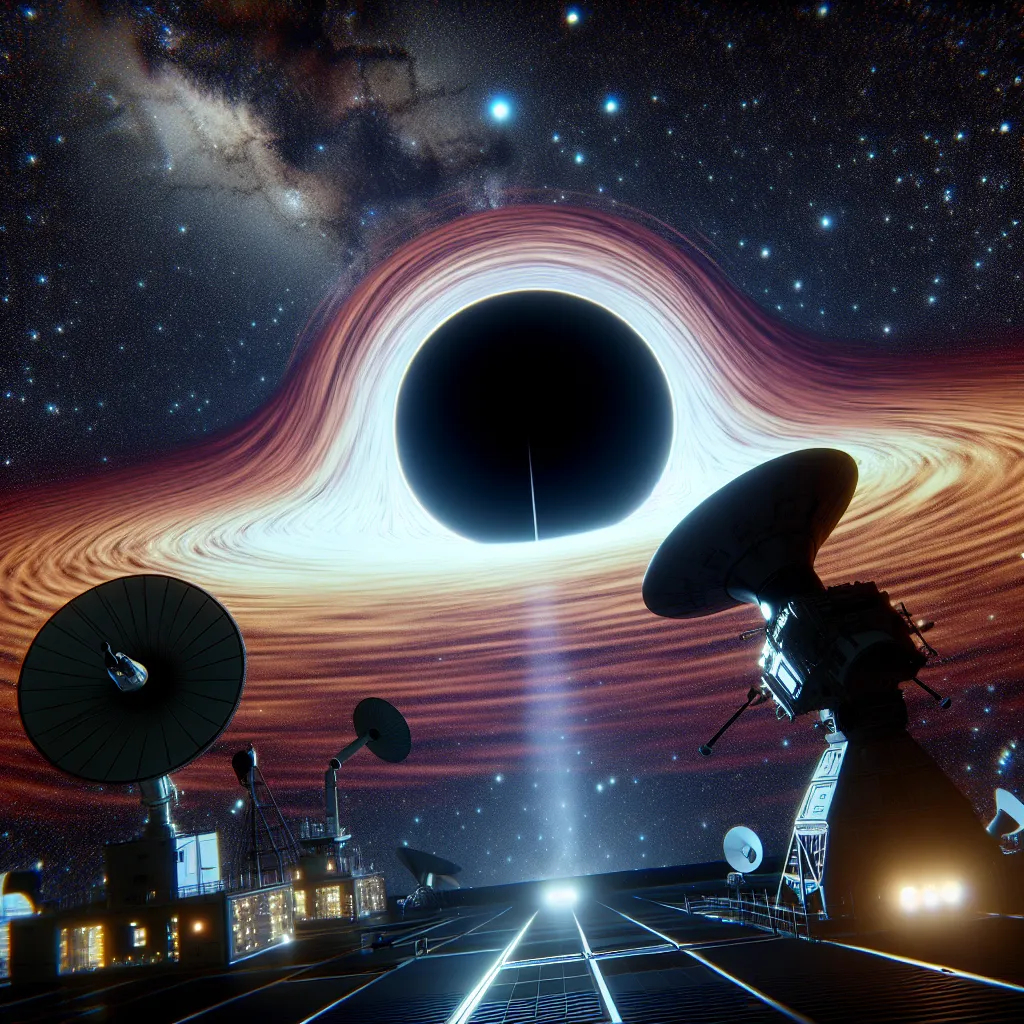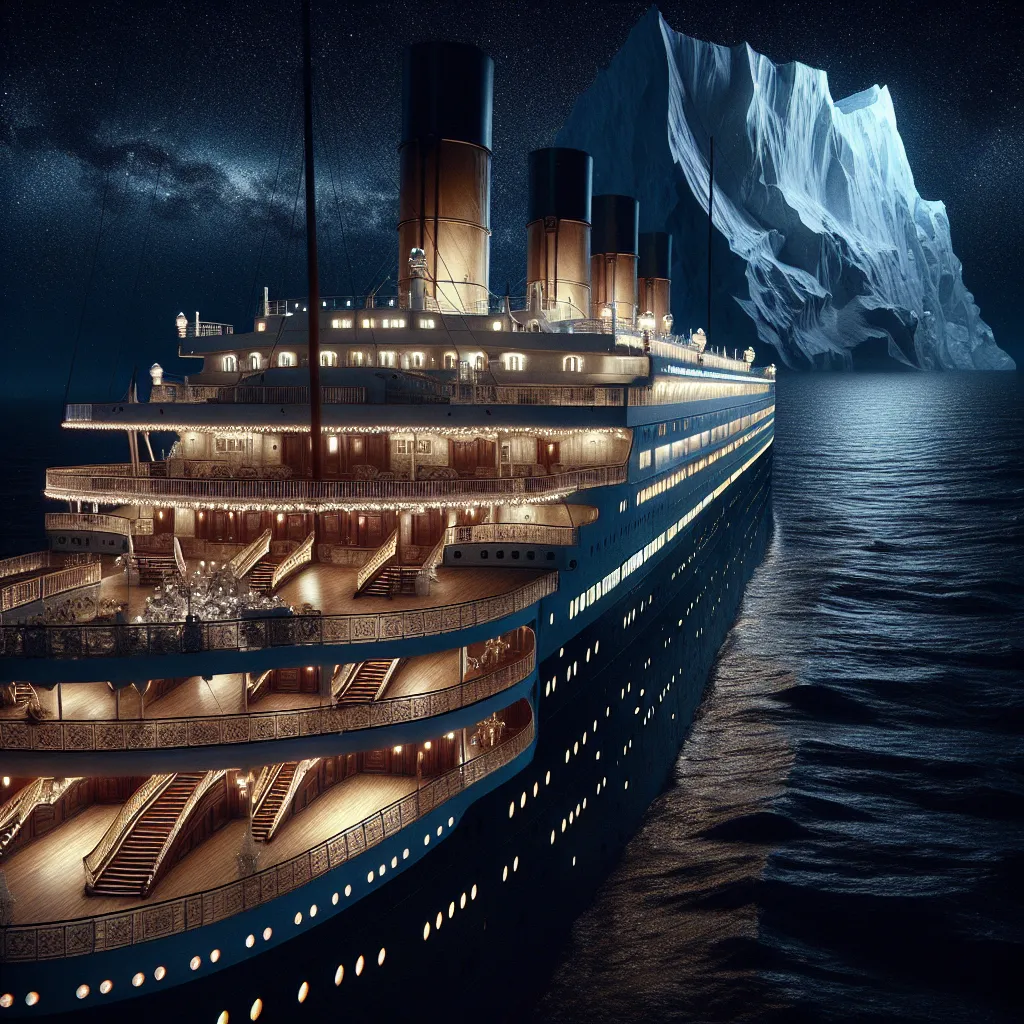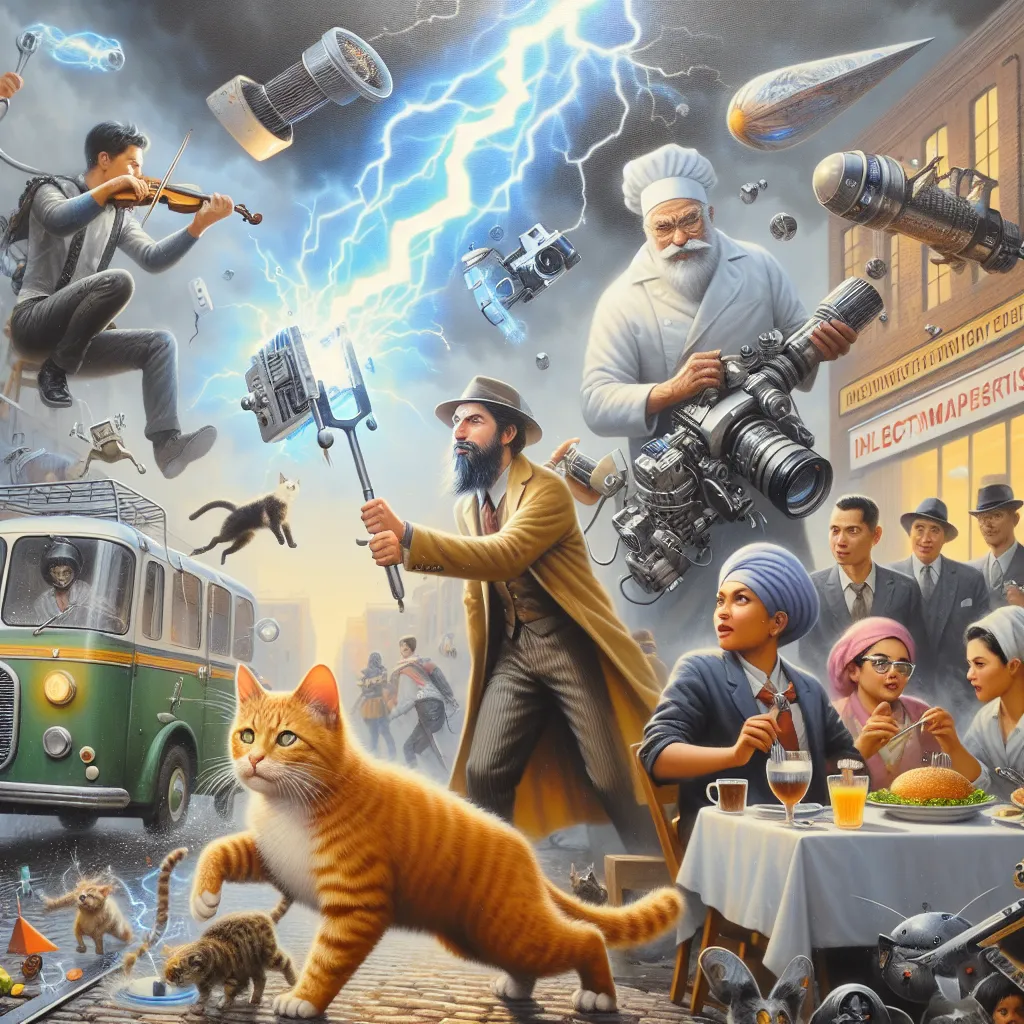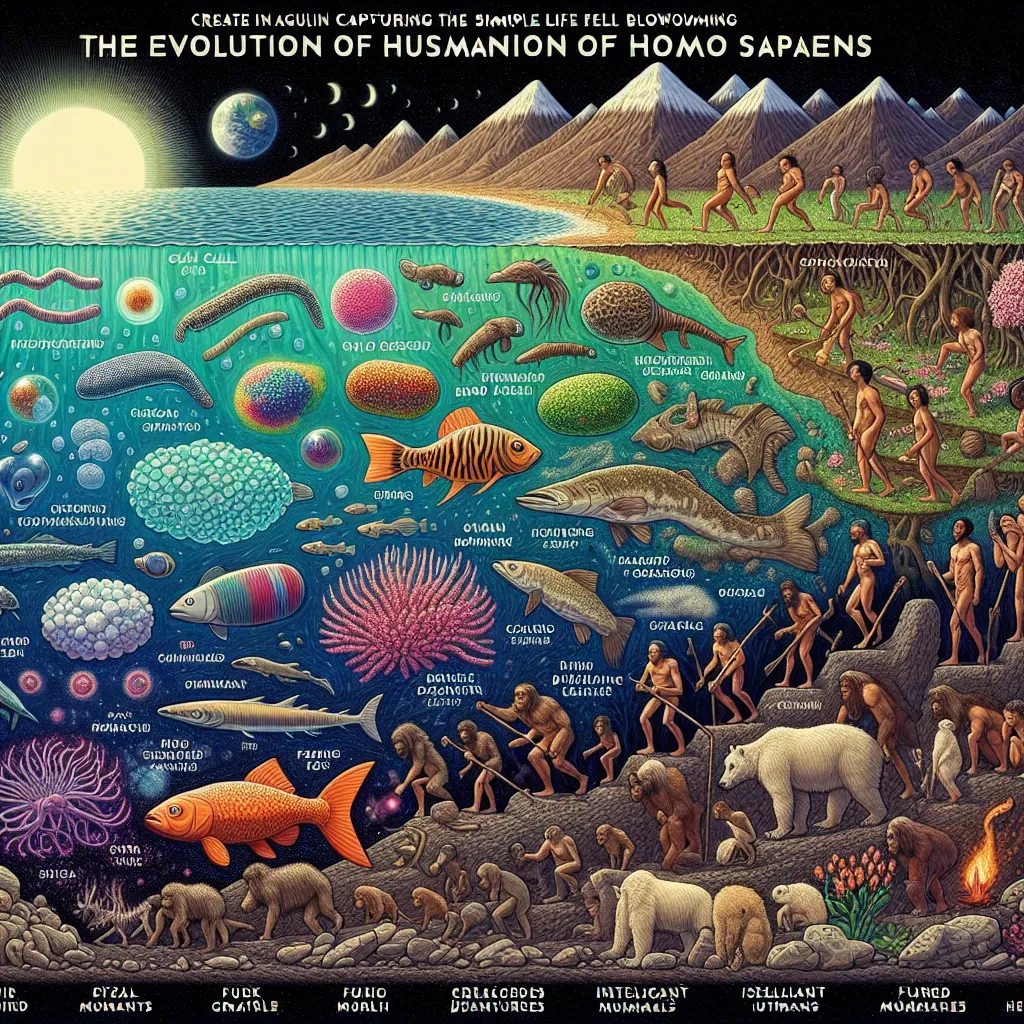Sometime in the future, a spacecraft from Earth is destined to encounter one of the universe’s most dangerous phenomena: black holes. These aren’t just ordinary space objects; they’re intense regions where gravity has gone completely bonkers. Nothing—not even light—can escape them, making black holes the ultimate cosmic traps. Naturally, the idea of these one-way streets of matter and energy tends to freak people out, scientists included.
Phil Charles is one of those scientists who dreams about black holes and, quite literally, hunts them for a living. While he lectures on astrophysical theories at Oxford during the day, his nights are dedicated to exploring some of the universe’s darkest corners. To find these elusive monsters, he travels the globe—from La Palma in the Canary Islands to South Africa, Chile, and Australia—equipped with some of the world’s most advanced telescopes.
The biggest breakthrough came in 1989 when a Japanese x-ray satellite named Ginga detected a mysterious burst of x-rays in our galactic neighborhood. This signal revealed an invisible object, about three thousand light-years away, with a faint star orbiting it. This star, cataloged as V 404, was exactly what Phil Charles had been looking for. By focusing the massive William Herschel telescope on V 404, he gathered enough data to indicate that its mysterious partner was likely a stellar-mass black hole, weighing about ten times our sun but only as wide as central London.
Understanding black holes, however, starts with comprehending gravity, a field that took a giant leap thanks to Isaac Newton. Back in the 1600s, Newton figured out that gravity is the force pulling everything toward everything else—the more massive the object, the stronger the pull. Later, Albert Einstein gave us an even deeper understanding with his theory of relativity, which described gravity as the warping of space and time.
Einstein’s concepts help explain black holes. When a massive star runs out of nuclear fuel, its gravity can collapse it into a tiny ball of ultra-dense matter. If the star is heavy enough, it collapses further, forming a black hole. This collapse distorts space and time to the extent that nothing can escape its grip, creating a gravitational pit with a ‘no return’ edge known as the event horizon.
But black holes aren’t just theoretical constructs. Stephen Hawking, who held Newton’s old job at Cambridge, even made a bet that certain x-ray sources like Cygnus X-1 were genuine black holes. He eventually conceded the bet, acknowledging the mounting evidence for black holes’ existence.
Scientists like Roger Penrose have also proposed fascinating ideas, such as extracting energy from spinning black holes. This would involve firing particles into the black hole’s spinning region, capturing the extra energy that gets flung out. It’s a complex procedure, but theoretically possible, with black holes acting as cosmic power stations and garbage disposals simultaneously.
For astronomers, the ultimate challenge is detecting black holes. They often rely on the x-ray signals emitted by matter as it spirals into the black hole. Over a dozen such objects have been identified this way, each adding more credibility to the existence and nature of black holes.
As telescopes continue to probe the universe, astronomers believe that readying for an interstellar mission to a black hole is a possibility. However, getting too close would spell disaster due to the extreme gravitational forces involved. Time and space behave oddly in the vicinity of a black hole, with the probe appearing to slow down and even stop to outside observers, creating an eerie scene of both immediate demise and eternal limbo.
While black holes are ultimate destroyers, they also hold secrets about our universe’s core principles. From providing the mystery locale of quantum foam at the singularity—where space and time cease to exist—to being potential teleportation routes through theoretical wormholes, black holes push the limits of our understanding.
The study of black holes has become a vibrant field, yielding compelling data that these objects lurk at the centers of most galaxies, including our Milky Way. Though scientists continue to speculate and theorize about their nuances, the tangible evidence suggests that nothing epitomizes the cosmic unknown better than black holes. Their exploration promises not just a better grasp of the universe’s secrets but also a profound appreciation of the nature of reality itself.






